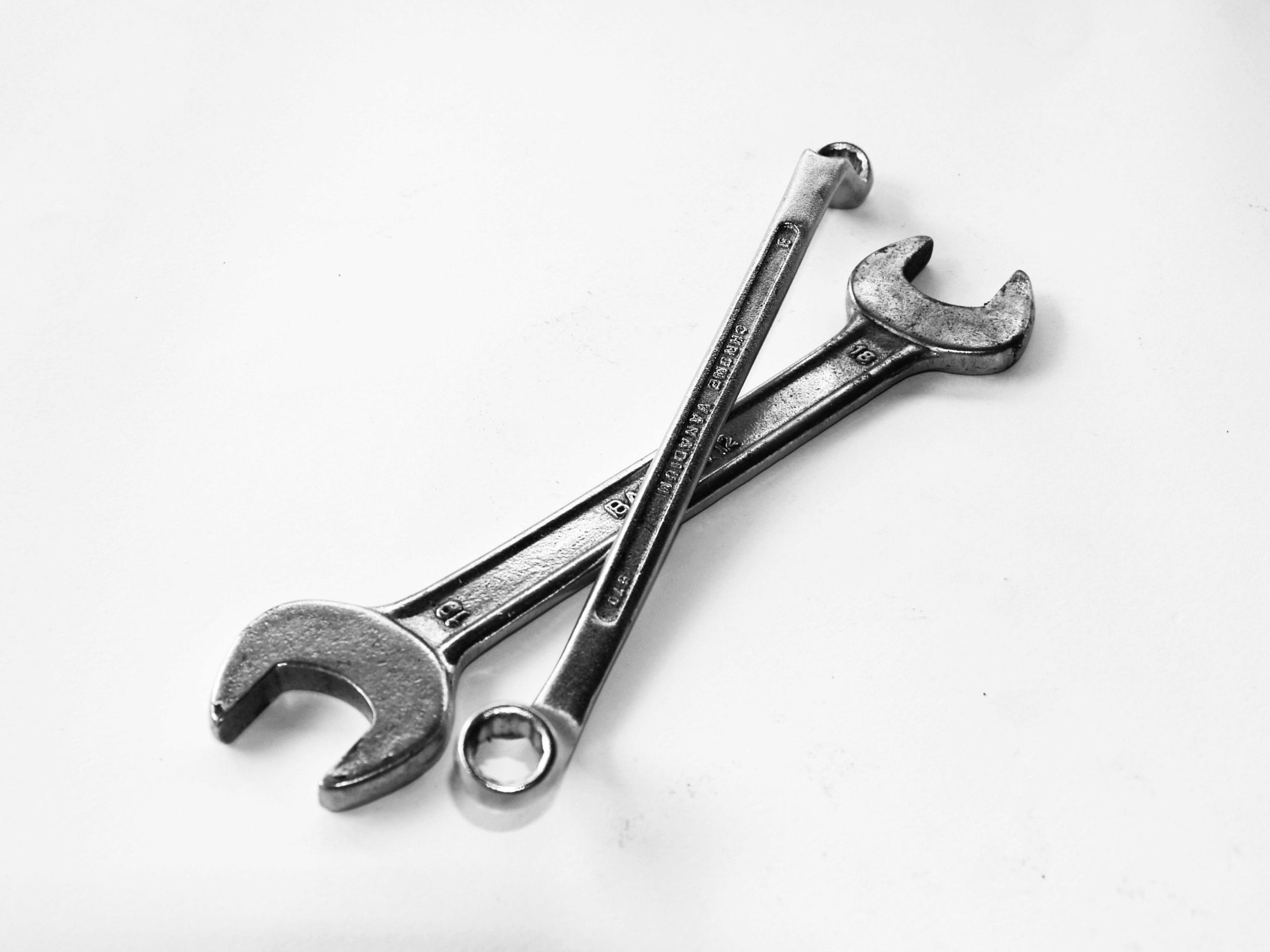Your furnace is a vital component of your home’s climate control system. But the average furnace lasts between 15 and 20 years, so chances are that you’ll need to replace your unit at some point during your homeownership.
In our previous blog, “Minor Issue or Total Breakdown: How to Determine If Your Furnace Needs Repairs or Replacing,” we provided the information you need to tell the difference between a small inconvenience and a failing furnace. But what do you do once you know your furnace needs replacing?
In this blog, we list five steps you can take to ensure that your new furnace is installed as quickly and efficiently as possible.
- Have a Professional Assess Your Home and Current System
The complexity of the furnace installation process largely depends on your current system. Before you schedule your replacement date, have a professional HVAC contractor assess your worn-out furnace.
The contractor may assess your ductwork to find any leaks, evaluate the condition of your thermostat, and test your ventilation system. Repairs will be needed to ensure that your ducts deliver air efficiently, your thermostat operates correctly, and your ventilation protects your family’s health, so you’ll want to handle these repairs ahead of time.
If you will upgrade to a significantly more complex furnace system, your contractor may also recommend installing any extra components, such as expanded ductwork or a new thermostat, ahead of time.
- Discuss Your System Options and Make a Choice
You may assume that the newest version of your current heater is the best choice for your home, but that isn’t always the case. When your HVAC contractor comes to assess your home, ask about the furnace options currently available for properties like yours.
If you have had problems with your system in the past, make sure your contractor knows about them. For example, if you have trouble getting all the rooms in your home to stay the same temperature, your current system may be too small for the space.
- Communicate Clearly With Your HVAC Contractor
If you have questions during the installation process, ask. Knowing how many technicians will handle the installation, how long you can expect the process to take, and what your responsibilities will be on the day of installation can help you feel calmer and better prepared.
This step is when you should address any concerns you have about insurance or licensing so that you can confidently trust your chosen HVAC team with this important installation.
You may also want to ask for an estimate on the cost of repairs, the new furnace and parts, and the labor involved in installation. With a clear estimate, you can determine whether or not you need to consider financing. Make financial decisions as early as possible so payment doesn’t hold up the process.
- Prepare Your Home in Advance
While you won’t be involved in any portion of the actual installation, you will want to prepare your home ahead of time. Think about the route technicians will need to take to access your furnace. The technicians will need to carry your old heater out on this route and carry the new unit in the same way.
Clear a wide path so the technicians can maneuver the space comfortably. If you have delicate flooring, ask if your contractor will cover the floors or if you should lay down a protective material for the technicians to walk on. In some cases, the technicians may just wear boot covers.
In addition to clearing the main route through your home, move anything that could block access to the furnace itself. Many furnace rooms also become storage spaces, but you should move as much as possible out of the area when expecting an installation. This way, multiple technicians can work at the same time.

- Plan Your Schedule Around the Installation
When you make your installation appointment, ask if you need to be in your home for the entire work time. If you need or prefer to be present during the installation, plan accordingly. Remember, installations can take anywhere from several hours to a couple of days, so you should expect some minor disruption.
If you have children or pets in your home, keep them out of the way. Because the installation may include some loud or strange noises, consider having your children visit friends’ houses and keeping your pets outdoors to minimize any distress the process could cause. This step also helps the team focus on the job at hand and reduces the risk of injury to your children, pet, or the HVAC technicians.
Use these steps and the recommendations of a reputable HVAC contractor to ensure that your furnace installation is as simple as possible. With a little planning and preparation, you can start enjoying the comforts of a brand new furnace that much sooner.


